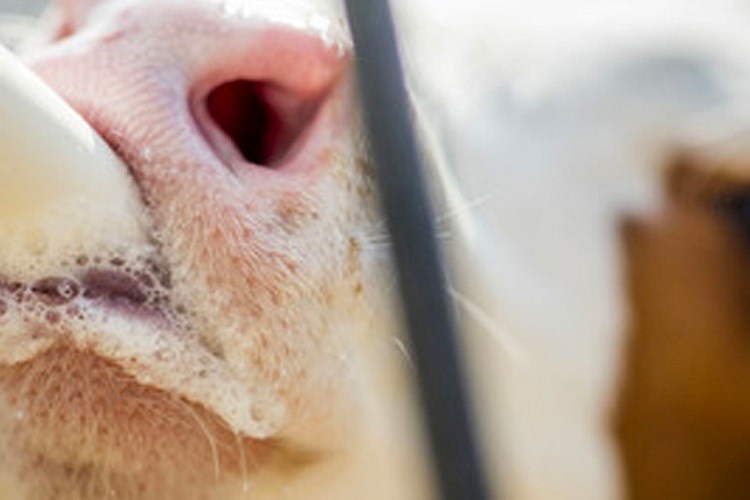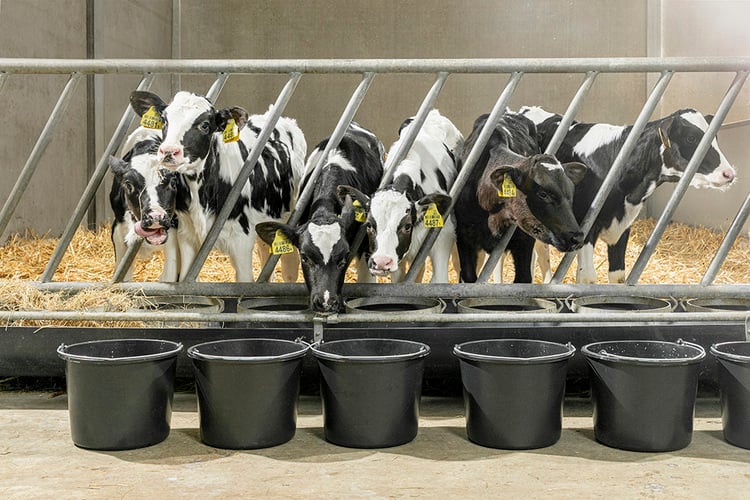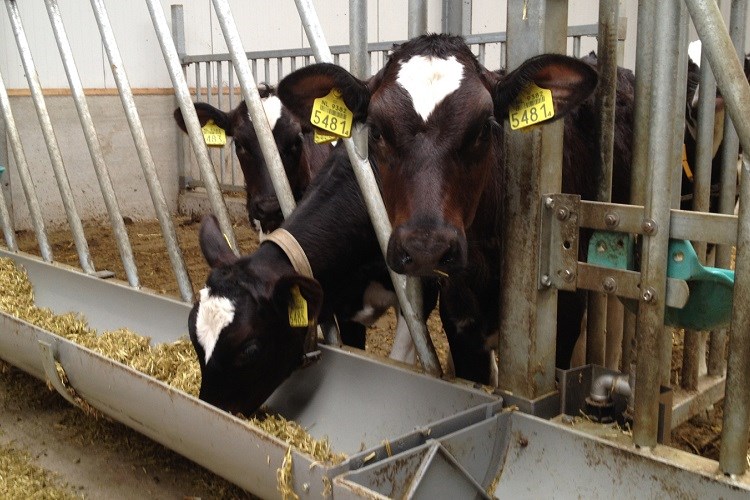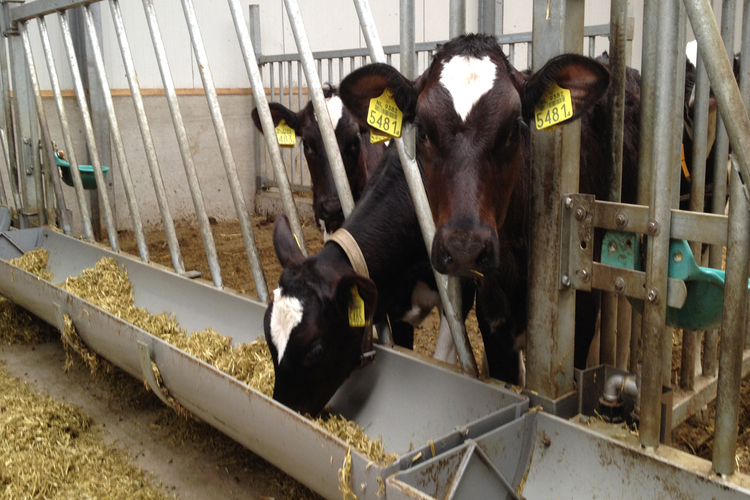A LifeStart feeding schedule with ECM increased average daily gain and improved fertility

A LifeStart calf feeding schedule in dairy calves reduces the age at first pregnancy and first calving
A LifeStart feeding schedule reduces the age at first insemination, the age at conception and the age at first calving in Holstein dairy heifers.







